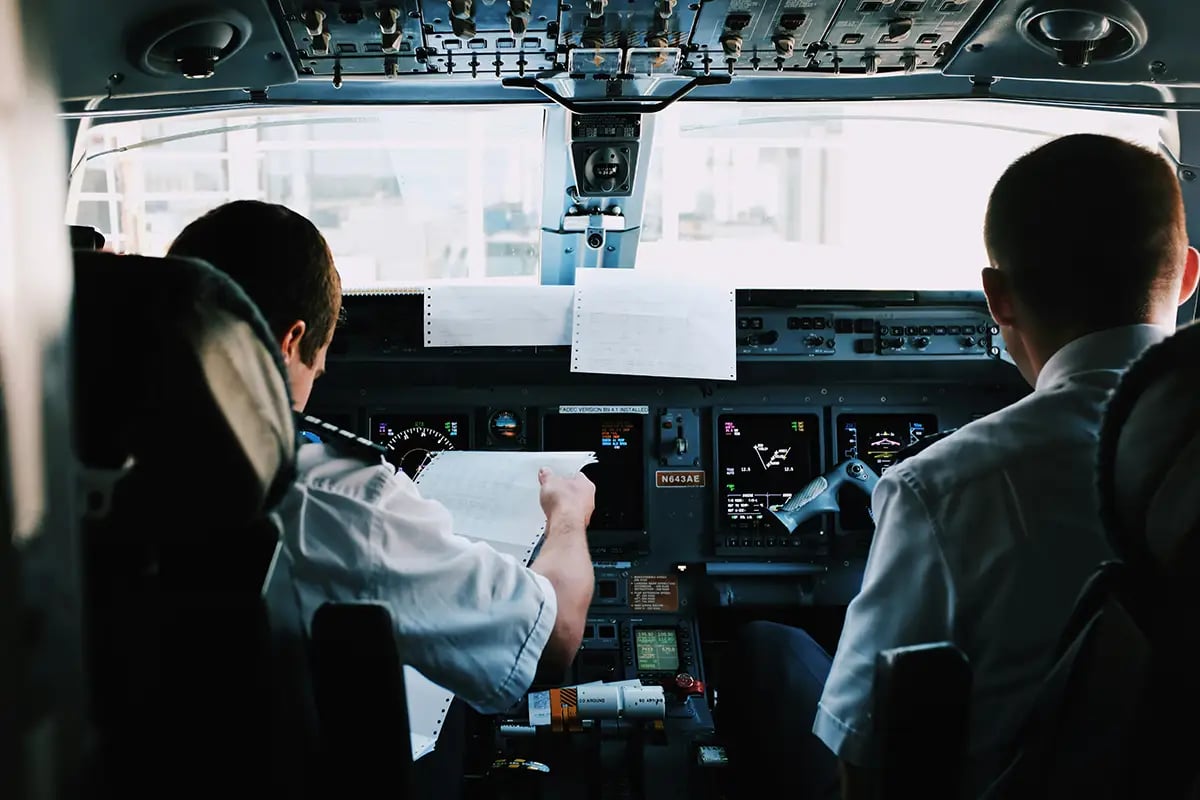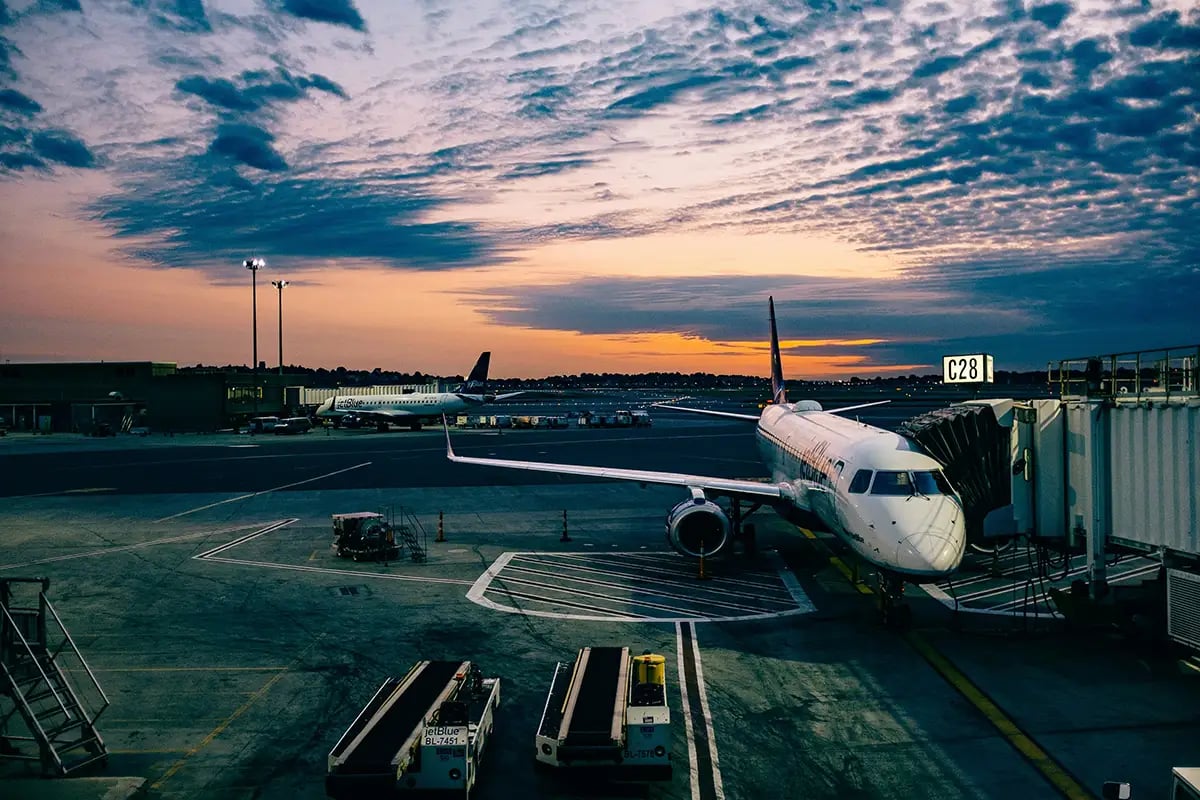The global aviation industry will need an estimated 1.5 million civil aviation professionals over the next decade, according to CAE’s 2025 Aviation Talent Forecast, unveiled at the Paris International Air Show.
The biennial report offers a comprehensive outlook on the future workforce demands across commercial and business aviation, expanding this year to include air traffic controllers for the first time.
The forecast projects a need for 1,292,000 new commercial aviation professionals by 2034, including 267,000 pilots, 347,000 aircraft maintenance technicians, and 678,000 cabin crew members.
The Asia Pacific region is expected to account for the largest share of this demand due to rapidly growing air travel needs.
Additionally, 102,000 professionals will be required in the business aviation sector, including 33,000 pilots and 69,000 maintenance technicians.

Read: Global travel and tourism sector to grow by about $15 trillion over next decade: WTTC
Marie-Christine Cloutier, vice-president – Strategy, Performance, Air Traffic Services & Marketing at CAE, explained: “The need for 1.5 million new aviation professionals by 2034 is being driven by record demand for air travel and a significant wave of retirements that is expected across all categories. With commercial and business aviation fleets expected to see double-digit increases over the next 10 years, the industry must take action to attract, train, and retain personnel.
“Highly skilled aviation professionals are not just a necessity for the safety of the air transport system, they are the foundation for the successful expansion and resilience of the global aviation sector.”
“To meet the demand, the industry needs to be proactive and creative. Adaptability and optimized training will be key to supplying the demand,” Cloutier added.
The report also predicts a global demand for 71,000 new air traffic controllers, spotlighting a critical area of the aviation ecosystem that faces its own significant challenges.
In the United States, nearly 30 percent of paid air traffic control trainees fail to complete their training, according to the National Airspace System Safety Review Team — a stark indicator of the talent pipeline’s fragility.
“We need a comprehensive training environment that caters to the way new generations learn and thrive. At CAE, part of our solution is investing significantly in innovation and technology. Some of our latest advancements include CAE’s immersive pilot training app using Apple Vision Pro, and the CAE Prodigy Image Generator, our ultra-realistic 3D visual system using gaming technology,” Cloutier said.

Beyond forecasting workforce needs, CAE’s report is a strategic resource for aviation stakeholders, offering insights into the factors driving demand and proposing actionable strategies to attract and retain talent.
It emphasizes the importance of advanced training, sustainability, and diversity in shaping the future of aviation, and highlights ongoing concerns over high dropout and failure rates across various professions.
As the industry undergoes rapid transformation, the 2025 CAE Aviation Talent Forecast serves as both a warning and a guide — underscoring the urgent need to invest in the next generation of aviation professionals to ensure the skies remain safely and efficiently managed.
For more news, click here




